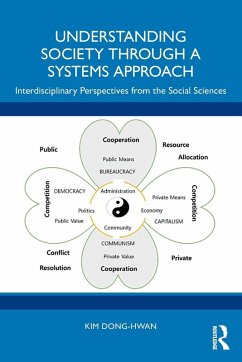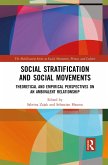Kim offers an accessible, interdisciplinary textbook using systems theory as a framework to stimulate discussion about how the social sciences develop understanding of society and its evolution. It promotes an integrated view of the social sciences by proposing politics, economics, administration, and community as the core areas of society, and explains their characteristics, how they are moved by what kind of systems, and how they have evolved through their interrelationships.
This book explains how the major areas of operate on certain structures and principles, and how they have developed while maintaining certain relationships with each other. The beauty of the entire field of social sciences lies in understanding society and social sciences as a whole and the relationships that intertwines it. It is unique in that it approaches social science from an Eastern perspective, using traditional Eastern thought and social phenomena as examples in its explanations and proposes a methodology for understanding society that's different to traditional social science textbooks, which use the application of natural science methodology and statistics to understand society.
Designed for a wide range of students in sociology, politics, and economics, encouraging interdisciplinary thinking and understanding. It is written with citations of classical writings by social scientists, including Locke, Rousseau, Hobbes, Mill, Marx, Engels, Proudhon, Smith, Weber, Durkheim, Buber, Myrdal, Habermas, Popper, Hayek, Putnam, and others. Through this book, readers can gain panoramic insights into how the works of these social scientists are interconnected.
This book explains how the major areas of operate on certain structures and principles, and how they have developed while maintaining certain relationships with each other. The beauty of the entire field of social sciences lies in understanding society and social sciences as a whole and the relationships that intertwines it. It is unique in that it approaches social science from an Eastern perspective, using traditional Eastern thought and social phenomena as examples in its explanations and proposes a methodology for understanding society that's different to traditional social science textbooks, which use the application of natural science methodology and statistics to understand society.
Designed for a wide range of students in sociology, politics, and economics, encouraging interdisciplinary thinking and understanding. It is written with citations of classical writings by social scientists, including Locke, Rousseau, Hobbes, Mill, Marx, Engels, Proudhon, Smith, Weber, Durkheim, Buber, Myrdal, Habermas, Popper, Hayek, Putnam, and others. Through this book, readers can gain panoramic insights into how the works of these social scientists are interconnected.









